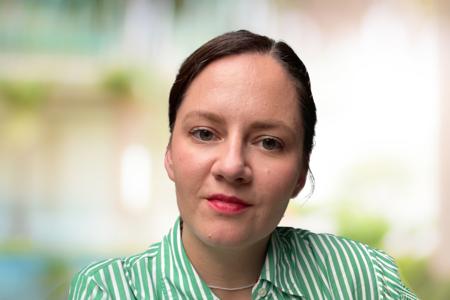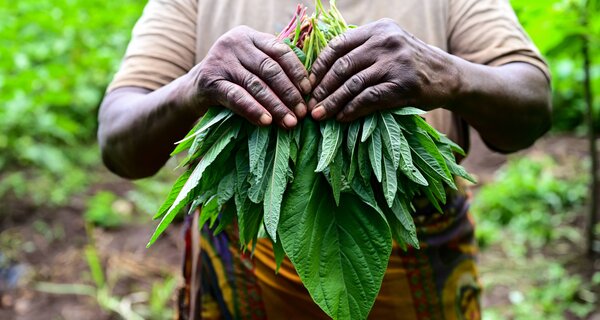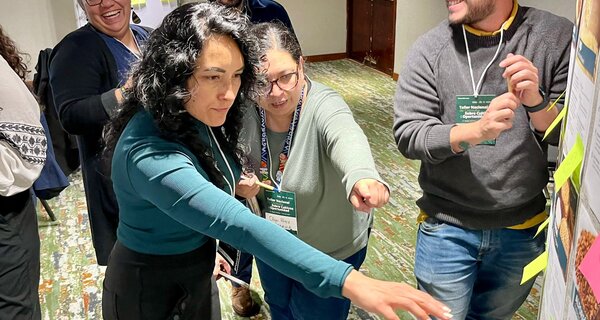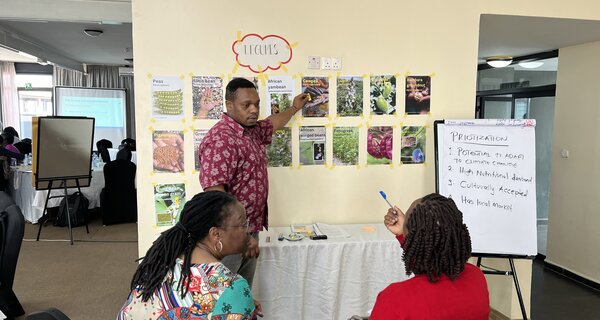Nigeria Chooses Its Opportunity Crops
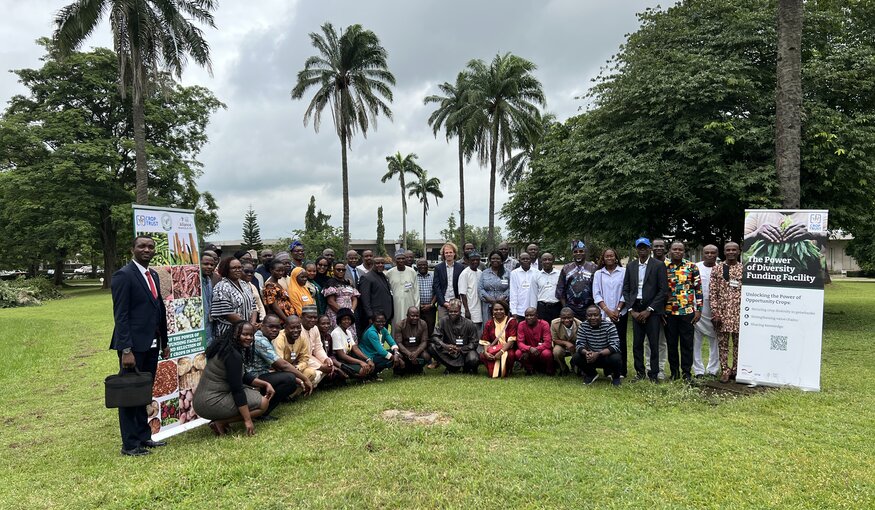
14 August 2025
Several dozen people recently gathered in Ibadan, Nigeria to help the country face the future. They were not politicians or diplomats or economists. They were farmers, plant breeders, agricultural researchers, food industry experts and representatives of NGOs and key government ministries. And for two days they debated something just as important as trade, commodity prices or security. They explored how Nigerians can achieve better nutrition, stronger food security and resilience in the face of climate change.
The challenge is urgent. Nigeria’s population is set to double by 2050, and the country already struggles producing enough food. Droughts, higher temperatures, excessive rain and pests are going to make things even worse. Diets are changing as well. Eating out is on the rise, and health-conscious urban consumers now demand more nutritious options.
The question facing the assembled experts in Ibadan was clear. How can Nigerian agriculture react? That’s a big topic, of course, so the group focused on one potential solution - opportunity crops. These crops have the most unrealized potential to help farmers adapt to climate change, generate income and improve diets.
The gathering set out to identify which two crops can provide the greatest opportunities for Nigerian agriculture and start a dialogue on how to unleash their full potential for transformative power.
A Room Alive with Debate
The workshop was organized by the Crop Trust’s Power of Diversity Funding Facility, in partnership with the Alliance of Bioversity International and CIAT, and Nigeria’s National Centre for Genetic Resources and Biotechnology (NACGRAB), which is also part of Seeds for Resilience. The event was hosted by the International Institute of Tropical Agriculture (IITA) at their headquarters in Ibadan.
The debates unfolded with energy and conviction, guided by Dr Gloria Otieno of the Alliance of Bioversity and CIAT, who ensured all voices were heard. The iterative selection process began by defining criteria aligned with trends shaping Nigeria’s food system – such as strengthened inclusion of youth and women in agriculture and demand for adaptable, processable and marketable crops.
Armed with a set of selection criteria, the group then tackled a list of 37 possible crops. Amaranth and African rice provoked surprise and controversy. Yam and sweetpotato were quickly dismissed. Millet inspired defenders across the room, from entrepreneurs who praised its versatility in pancakes and drinks to farmers who admired its ability to survive on little water. One woman part of the private sector group pointed out that if millet were chosen, she would make “cool money” selling it. But it wasn’t enough.
By the end of the second day, the final decision was made. Fonio and pigeon pea came out on top.
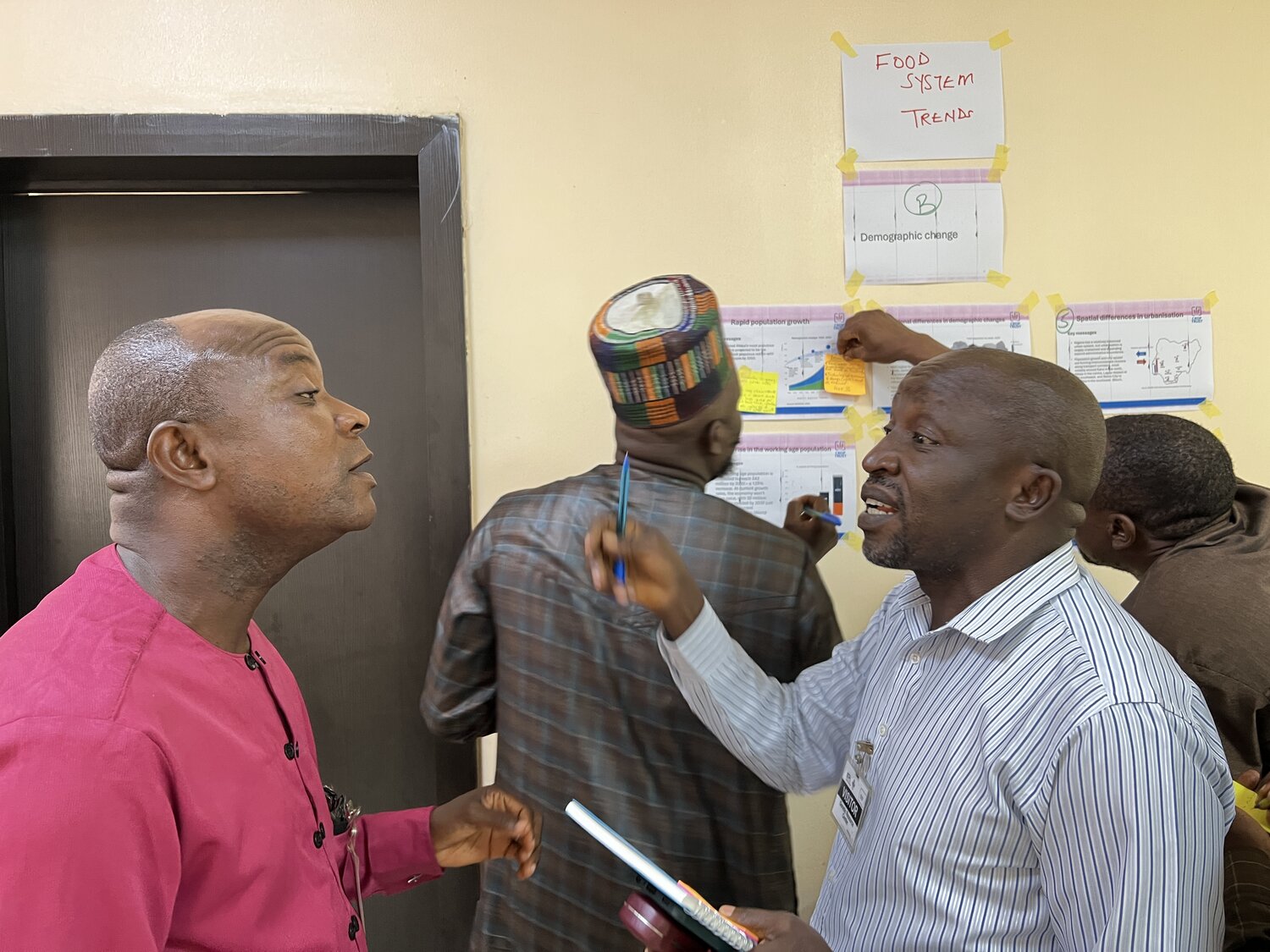
Photo: Marta Millere/Crop Trust
Why Fonio
Fonio, one of Africa’s oldest grains, has been cultivated for thousands of years, but rarely receives the spotlight. In Nigeria, it grows mainly in the North and the Plateau region. At the workshop, many hailed fonio as a healthier and more climate-resilient alternative to rice.
“Fonio can reduce our dependence on rice, especially imported rice,” said Anthony Ogunnupebi, who works with farmers through the Justice Development and Peace Movement to improve their agronomic practices. “Nigeria imports billions of dollars’ worth of rice every year. With fonio, there will be less pressure on foreign exchange. It is easier to grow compared to rice, and it has more protein.”
However, the hurdles are significant. Fonio is still grown in low volumes, and many Nigerians are not familiar with how to cook or eat it. But the consensus was that with the right support, fonio could break through, both in local markets and eventually on the global stage.
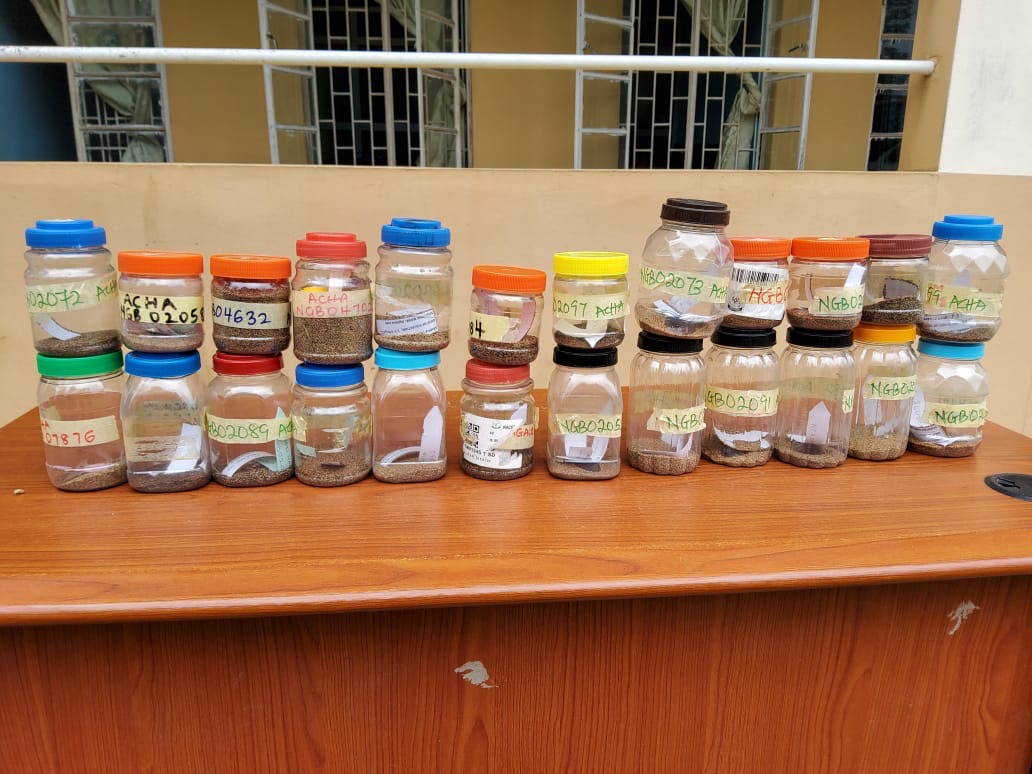
Fonio diversity at NACGRAB’s genebank. Credit: Olusola Babawale Jolaiya/NACGRAB
Why Pigeon Pea
Pigeon pea, by contrast, is more common in kitchens throughout Nigeria. It is highly nutritious, improves soil fertility and can withstand harsh weather. For participants, it represented both continuity and new opportunity.
“We felt that it would be good for the country for its nutritional content and the fact that it is climate smart,” explained plant breeder Mariam Abadaawud. “It is also gender inclusive across the whole value chain. Women are involved in the production and processing, right alongside men and youth.”
Others pointed to pigeon pea’s versatility. It can be turned into flour, boiled for traditional meals and even used medicinally. Dr Dickson Nwosu of NACGRAB recalled visiting a field of pigeon pea that had not seen rain in five months but was still thriving. “It is a truly climate-resilient crop,” he said.
Farmers added that pigeon pea works wonders on depleted soils by restoring nutrients and doubles as animal feed. For many in the room, it seemed a natural choice for both today’s farmers and tomorrow’s consumers.
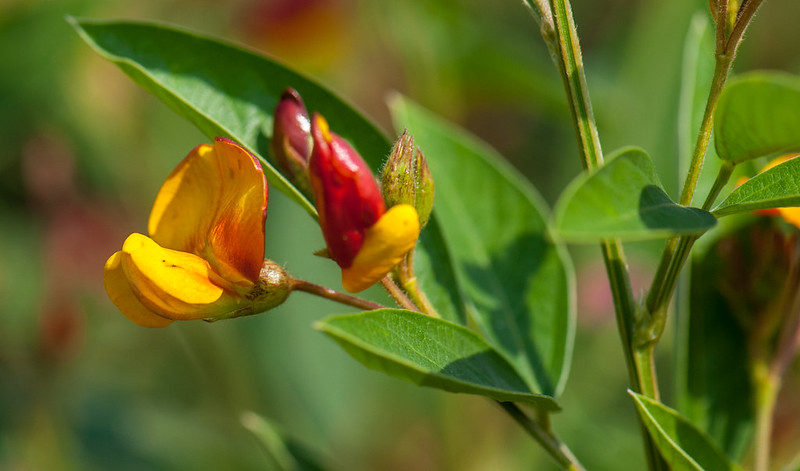
Pigeon pea at ICRISAT. Photo: Mike Major/Crop Trust
Rediscovering Forgotten Foods
Nuhu Adamu Kilishi, Director of the Nutrition and Food Safety Department at the Federal Ministry of Agriculture and Food Security, reflected on the significance of the exercise. “These are some of the crops we had in Nigeria before but that have been forgotten,” he said. “I believe that through this conversation with NACGRAB and the support of the Crop Trust, we’ll be able to revive some of these crops, which will be useful to improve our nutrition.”
That sense of rediscovery ran throughout the workshop. The participants knew they were not just picking crops for a project. They were making choices for a country with a young and growing population, one that will need more diverse, resilient and nourishing food for years to come.
A Global Effort
At the Crop Trust, fonio and pigeon pea are part of a wider initiative. With funding from Germany and Ireland, the Power of Diversity Funding Facility is working in several countries around the world to identify, conserve, and promote opportunity crops. The aim is not only to safeguard their diversity in genebanks but also to build strong value chains that bring these foods back to people’s plates.
“Opportunity crops hold the potential to respond to the multiple challenges that our food systems face,” said Nico Wilms-Posen, coordinator of Funding Facility. “They can grow in harsh conditions, improve nutrition and diversify diets. Yet they lack investment and coordinated action to protect and use their diversity. We want to change that.”
Looking Ahead
As the workshop in Ibadan closed, there was a sense of momentum. Fonio and pigeon pea are not silver bullets, but they represent a commitment to valuing diversity, resilience and tradition in building Nigeria’s food future.
And Nigeria’s decision is just one stop on a global journey. Stakeholder consultations for the Power of Diversity Funding Facility already took place in Colombia, but will continue in Zambia, then on to Kenya and later India. Each country will bring its own perspectives and priorities. But together, they are writing a new story about how forgotten crops can feed the future. It’s an opportunity we cannot afford to miss.
The Power of Diversity Funding Facility selection workshop took place in Ibadan, Nigeria, on 23-24 July, co-hosted by the Alliance of Bioversity International and CIAT, NACGRAB and the Crop Trust. The Funding Facility is financially supported by the German Federal Ministry for Economic Cooperation and Development (BMZ) through the KfW Development Bank, and the Department of Foreign Affairs of Ireland.
Categories: For The Press, For Partners

